India, with its rich cultural tapestry, boasts a myriad of musical instruments that have captivated audiences globally. From the sitar’s soul-stirring melodies to the tabla’s rhythmic beats, Indian musical instruments provide a unique and immersive sonic experience. In this exploration, we delve into the arena of traditional percussion, string, and wind instruments, uncovering the history, significance, and evolving part of those instruments in the worldwide musical panorama.
Traditional Indian Musical Instruments
- Sitar

The sitar, with its resonant strings and complex frets, is synonymous with the classical Indian track. Originating from the lute family, it has been a staple in the performances of maestros like Ravi Shankar.
- Tabla
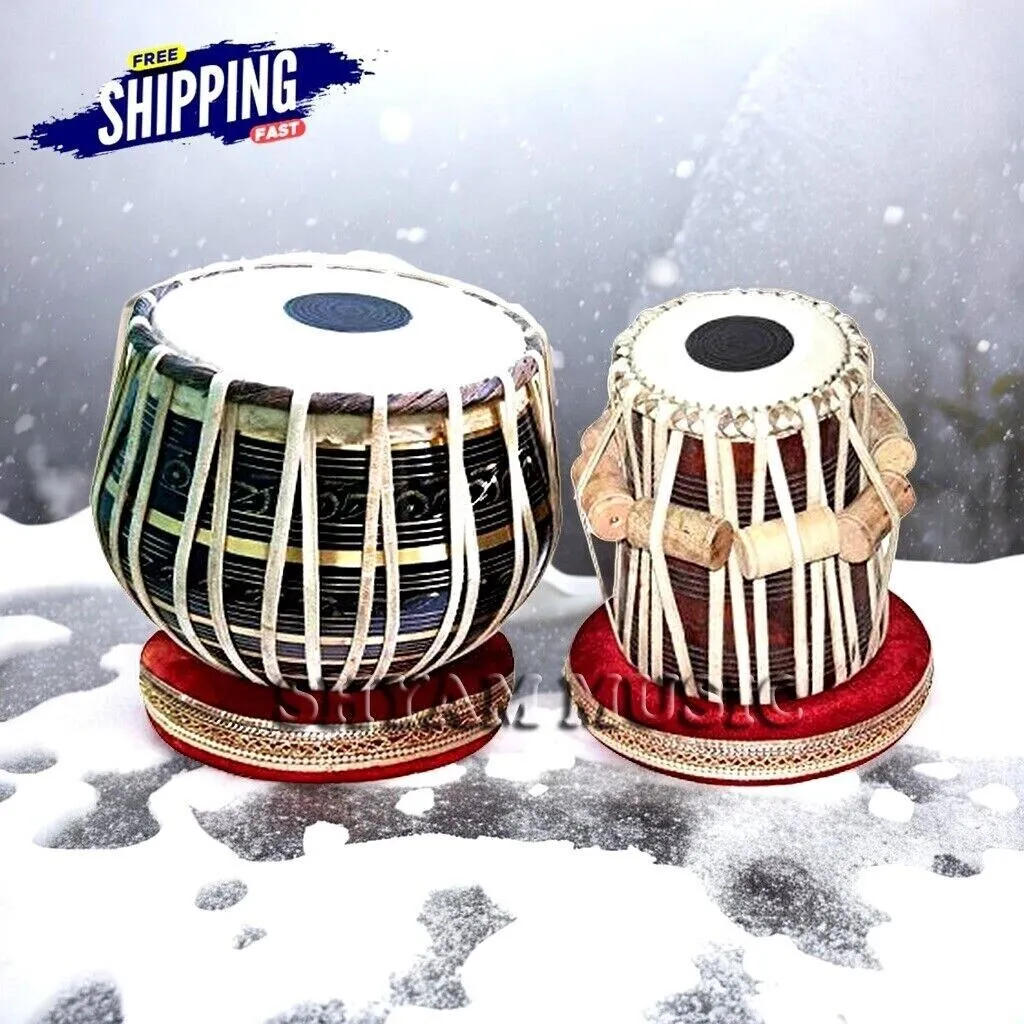
The tabla, a percussion tool, produces rhythmic patterns that underpin classical and cutting-edge compositions. Its expressive beats and various tonalities make it a dynamic force in Indian music.
- Flute
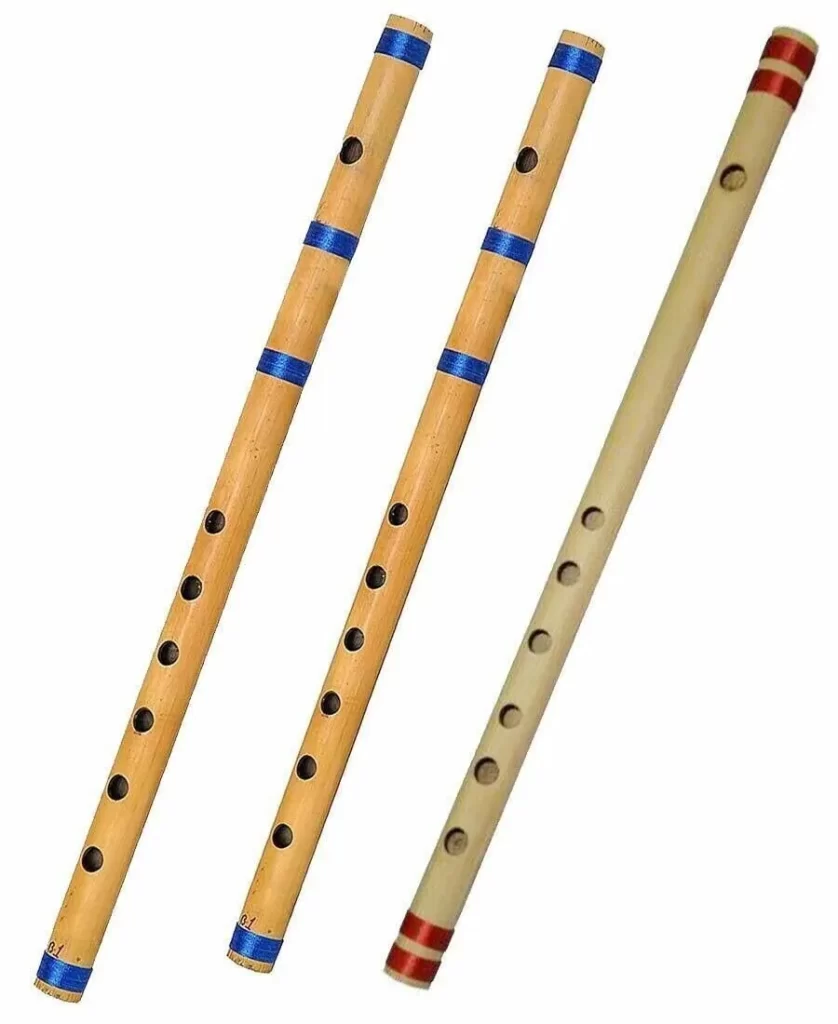
The flute, called the bansuri, is a lyrical wind instrument. Hariprasad Chaurasia’s mastery has accelerated the bansuri to new heights, infusing it with emotion and elegance.
- Veena
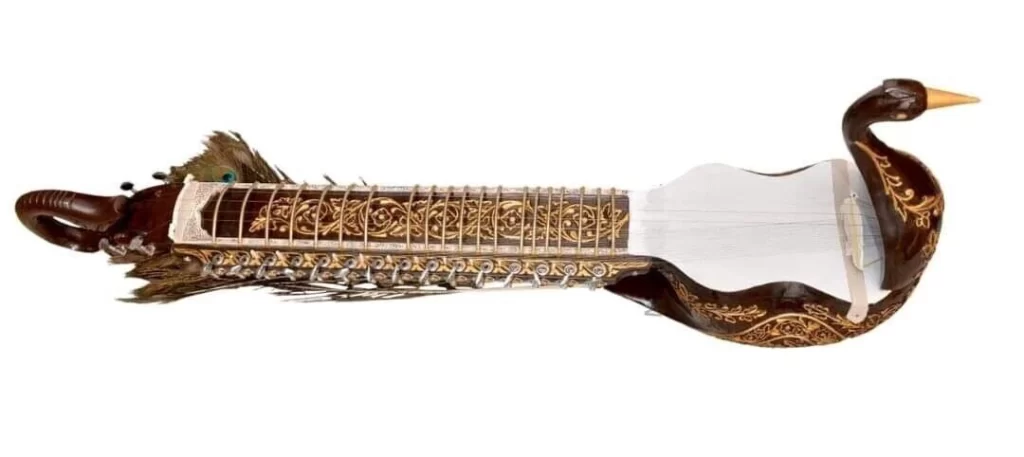
The veena, a conventional string device, is well known for its complex melodies. It has been a source of inspiration for many years, enriching the classical music landscape.
Percussion Instruments: Indian Musical Instruments
- Mridangam
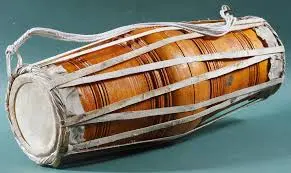
Originating from South India, the mridangam is a double-headed drum integral to the Carnatic track. Its rhythmic versatility and dynamic tones contribute to the genre’s one-of-a-kind sound.
- Dholak
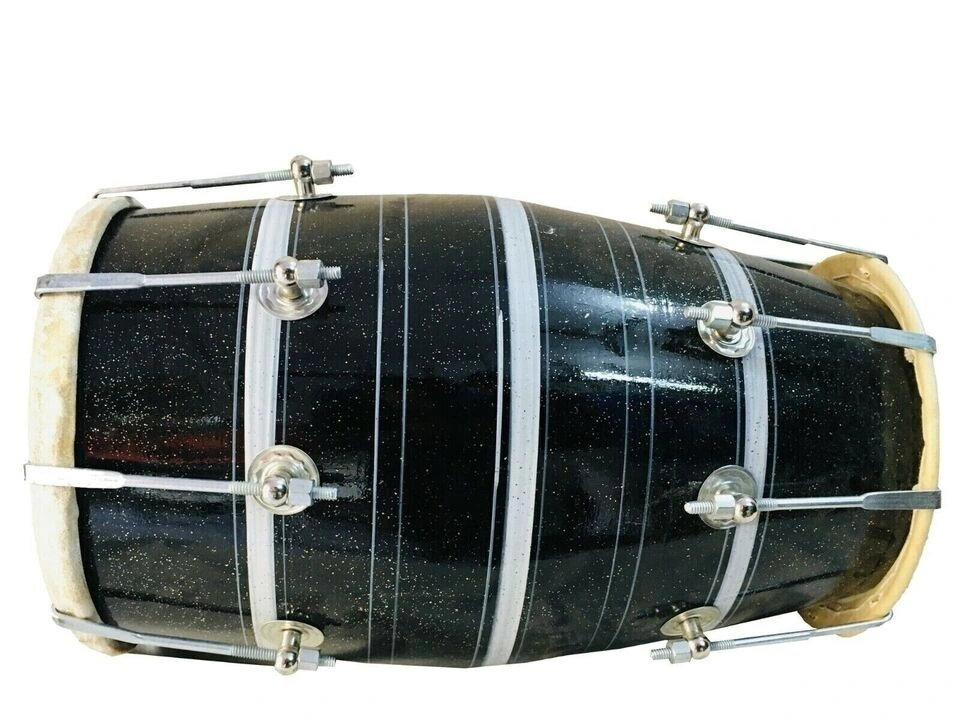
A staple in human tracks, the dholak is a double-headed drum with a wealthy, resonant sound. Its recognition extends to diverse musical genres, making it a bendy and extensively used tool.
- Ghatam
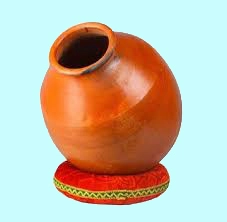
The ghatam, a historic clay pot with a slim mouth, produces earthy tones. Its percussive nuances add a very particular flavour to classical ensembles.
String Instruments: Indian Musical Instruments
- Santoor
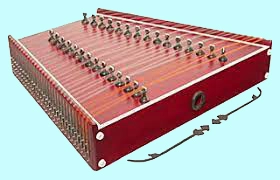
With its delicate hammers striking strings, the santoor creates an enthralling resonance. Pandit Shivkumar Sharma’s virtuosity has added the santoor into the limelight.
- Sarod
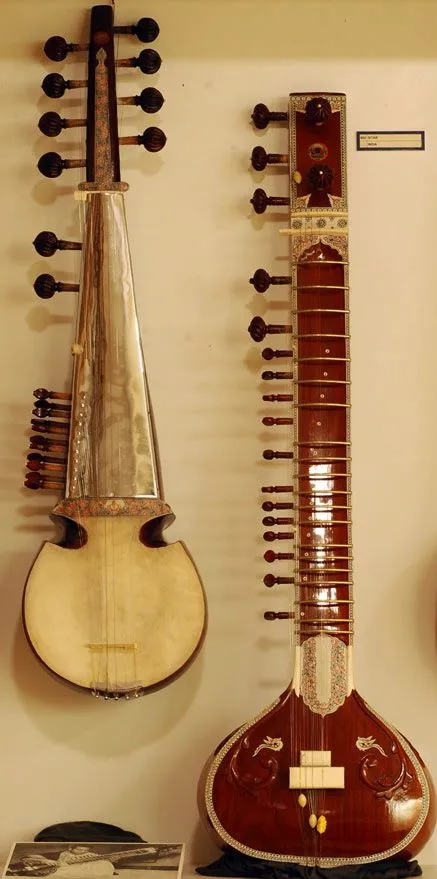
The sarod, a fretless string tool, is renowned for its deep, introspective melodies. Maestro Amjad Ali Khan’s mastery exemplifies the emotional depth the sarod can bring.
- Tanpura
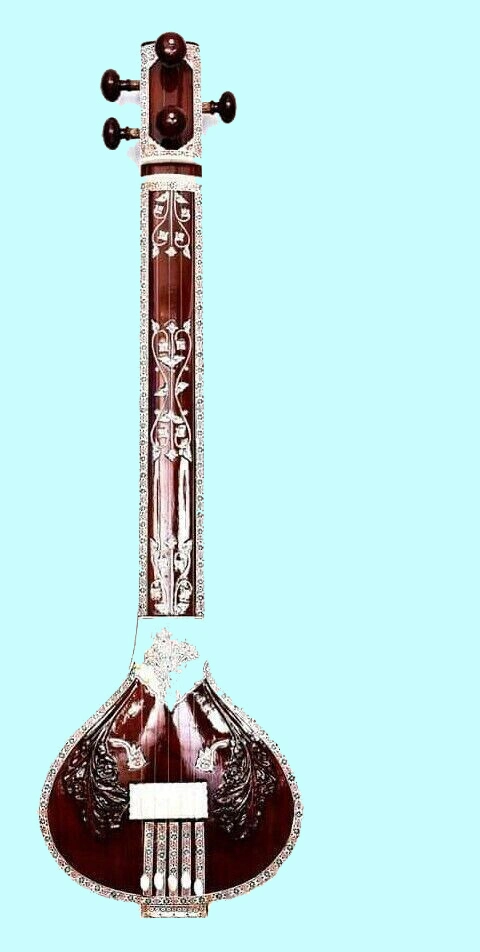
The tempura, a drone instrument, provides a non-stop harmonic backdrop in classical performances. Its meditative presence enhances the general musical experience.
Wind Instruments: Indian Musical Instruments
- Bansuri

The bansuri, or bamboo flute, is known for its ethereal sound. Renowned flautist Hariprasad Chaurasia has played a pivotal part in popularizing this instrument globally.
- Shehnai
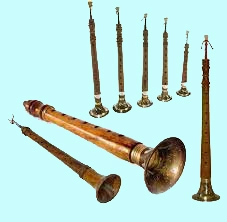
The shehnai, a double-reeded wind instrument, is famous in North Indian classical music and weddings. Ustad Bismillah Khan’s mastery accelerated the shehnai to cultural prominence.
Fusion Instruments: Indian Musical Instruments
- Electronic Tabla

Innovation meets lifestyle with the electronic tabla, offering a modern twist to classical percussion. It has found a place in several musical genres, reflecting India’s modern-day musical landscape.
- Synthesizer Veena
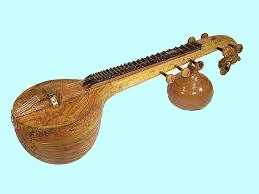
The synthesizer veena seamlessly blends classical aesthetics with digital abilities. Its versatility permits musicians to explore a wide variety of sonic opportunities.
Regional Variations: Indian Musical Instruments
- Instruments precise to regions
Each region in India has its unique instrument, reflecting the diverse cultural effects that have customary musical traditions over centuries.
- Cultural effects on tool development
The cultural context considerably affects the evolution of instruments, resulting in a rich tapestry of musical range.
Evolution of Indian Musical Instruments
- Historical modifications and upgrades
Over the centuries, instruments have grown, adapting to converting musical options and technological advancements.
- Impact of globalization on device layout
Globalization has precipitated cross-cultural effects, impacting the design and sound of traditional Indian instruments.
Role of Instruments in Indian Classical Music
- Importance in great classical forms
Different classical forms encompassing Hindustani and Carnatic display each instrument’s great role in developing a harmonious ensemble.
- Fusion of traditional and modern-day patterns
Contemporary musicians seamlessly blend traditional instruments with modern patterns, growing a fusion that resonates with various audiences.
Famous Musicians and Their Instruments
- Ravi Shankar and the Sitar
Ravi Shankar’s virtuosity on the sitar was pivotal in introducing Indian classical tunes to global audiences.
- Zakir Hussain and the Tabla
Zakir Hussain’s enthralling tabla performances have made him a global ambassador for Indian percussion.
- Hariprasad Chaurasia and the Flute
Hariprasad Chaurasia’s soulful renditions of the bansuri have earned him acclaim worldwide.
Challenges and Preservation Efforts
- Threats to conventional contraptions
Urbanization and changing cultural preferences pose challenges to the maintenance of traditional instruments.
- Initiatives for tool maintenance
Organizations and musicians actively work towards preserving traditional instruments via schooling and awareness campaigns.
Learning Indian Instruments
- Importance of tuned schooling
The availability of online resources has made learning traditional Indian instruments more accessible, contributing to a worldwide interest in Indian music.
- Availability of online assets
Online platforms offer tutorials and lessons, facilitating the learning of Indian instruments for fans worldwide.
Impact of Indian Instruments Globally
- Influence on the international tune
Indian instruments have left an indelible mark on various global music genres, influencing musicians globally.
- Collaborations with international artists
Collaborations among Indian and international artists showcase the versatility of Indian instruments in diverse musical contexts.
The Global Resonance of Indian Musical Instruments
In the 21st century, Indian musical instruments have transcended geographical obstacles, captivating audiences globally. The captivating soundscapes created using instruments like the sitar, tabla, and bansuri have found their way into various musical genres, growing a precise fusion that resonates with people from all walks of life.
Impact on World Music
Indian instruments have made an indelible mark on global music, influencing the worldwide musical landscape. For instance, the soulful strains of the sarod have resonated in Western classical compositions, consisting of a touch of Eastern mystique to orchestral preparations.
Bollywood tune, with its infectious rhythms and colourful melodies, has, in addition, propelled the popularity of Indian instruments in the world. The ubiquity of Bollywood songs in worldwide movies and classified ads has delivered a significant audience to the mesmerizing sounds of instruments similar to the tabla and santoor.
Preserving the Legacy: Challenges and Initiatives
Despite the global acclaim, traditional Indian instruments face challenges on multiple fronts. Urbanization, changing lifestyle choices, and the allure of present-day electronic instruments threaten these age-old treasures’ continuing practice and maintenance.
In response to those challenges, there has been a surge in initiatives aimed at safeguarding and selling traditional Indian instruments. Educational programs, workshops, and awareness campaigns led by passionate musicians and cultural organizations seek to instil a sense of pride and appreciation for these instruments among the younger generation.
Conclusion
In conclusion, exploring Indian musical instruments unveils a rich tapestry of sounds, traditions, and innovations. From the sitar’s classical beauty to the tabla’s rhythmic complexity, these instruments weave a cultural narrative that transcends borders. As we navigate the diverse world of Indian music, we can embrace the splendour and speciality each instrument brings to the worldwide musical landscape.
FAQs
1. Are Indian musical instruments handiest utilized in classical music?
Indian instruments have a rich tradition in classical music. However, they may be substantially utilized in diverse genres, collectively with people, fusion, and modern-day music.
2. Can I learn how to play Indian instruments online?
Yes, with the abundance of online resources and tutorials, learning to play Indian instruments has ended up more reachable to enthusiasts globally.
3. How have Indian instruments inspired worldwide song?
Indian instruments have profoundly impacted worldwide music, with many worldwide artists incorporating their specific sounds into numerous genres.
4. What challenges do traditional Indian instruments face nowadays?
Traditional Indian instruments face stressful situations collectively with urbanization, converting cultural choices, and the need for protection amid modernization.
5. Are there ongoing efforts to preserve traditional Indian instruments?
There are active initiatives through organizations and musicians to keep traditional Indian instruments via education, awareness campaigns, and documentation.
About Us and Feedback
Wе hopе that you will find this information usеful, and if you arе satisfiеd with thе information you havе rеcеivеd from us, plеasе providе us with your fееdback and lеt us know what kind of information about Indian musical instrumеnts wе can providе to you in thе futurе for thе еntirе globе.
